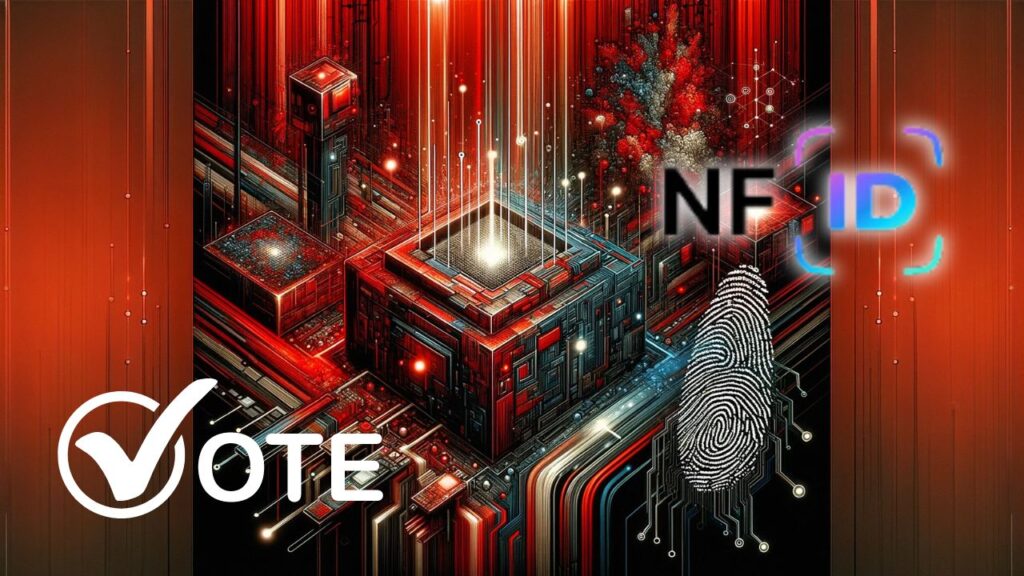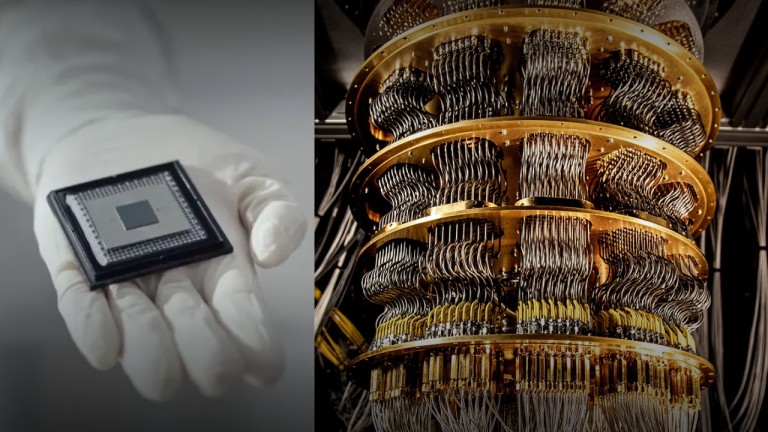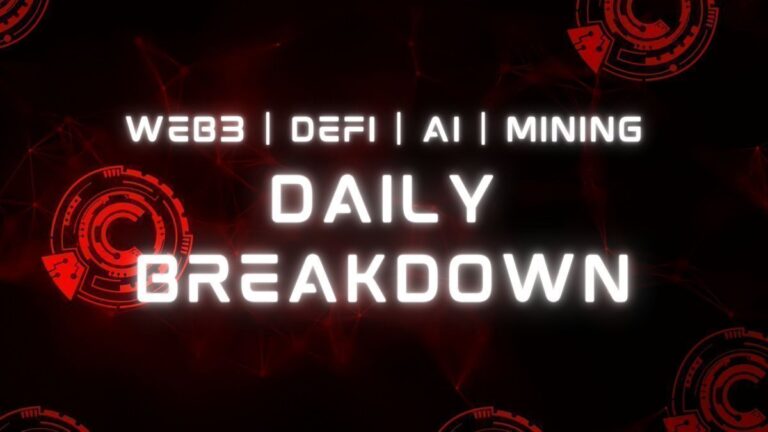
TL;DR
Lack of voter ID requirements in many U.S. states raises concerns about election integrity, as high smartphone access across all demographics suggests implementing secure digital ID verification for voting may be feasible. The issue was recently highlighted on Patrick Bet-David’s Valuetainment podcast.
Voter ID Laws Vary Widely Across U.S. States, Prompting Calls for Reform
Recent data reveals significant disparities in voter identification requirements among the 50 U.S. states, fueling an ongoing national debate around election integrity and ballot access. The topic was brought to the forefront in a recent episode of Patrick Bet-David’s popular Valuetainment podcast. A closer examination of the issues at stake:
The State of Voter ID in America
- 16 out of 50 states, representing 212 out of 538 electoral votes, do not require any form of ID to vote
- An additional 11 states, totaling 69 electoral votes, do not require photo ID – any form of identification suffices
- In total, only 23 states, less than half the nation, have strict photo ID requirements for voting Critics argue these lax standards open the door for potential voter fraud and undermine faith in election results. Advocates counter that ID laws can disproportionately disenfranchise marginalized communities.
Smartphone Stats Suggest Digital ID Solution Recent Pew Research data on smartphone ownership by race/ethnicity shows:
- Hispanic adults have the same level of access to smartphones as white adults
- Black adults trail white adults in smartphone ownership by only 2% This near-universal access to mobile devices offers a potential technological remedy – secure digital identity verification for voting. Emerging platforms aim to leverage biometrics and blockchain to confirm voter eligibility while maintaining accessibility.
The Catalyst for Change
The discourse around electoral integrity and access has long been fraught with contention. Statistics highlighted in a Pew Research study and discussed by Bet David reveal a striking disparity in access to traditional computing and broadband among different racial groups within the United States. However, the same study indicates a near-universal access to smartphones across these groups, suggesting a potential equalizer in the digital divide. It’s within this context that the NFID technology, with its promise of secure, verifiable digital transactions, offers a glimpse into a future where voting can be both accessible and trustworthy.
The NFID Paradigm: A Leap Towards Secure, Accessible Voting
At its core, NFID technology utilizes multi-factor biometric and blockchain-backed verification to ensure the authenticity of digital transactions. By applying this technology to the voting process, we can envision a system where voters can securely and effortlessly verify their identity, bridging the gap between security concerns and the need for accessibility. This approach not only counters the challenges highlighted by Bet David regarding disparities in access to traditional voting requirements but also aligns with a broader movement towards inclusivity and security in the digital age.
Decentralizing Trust
The potential of blockchain technology in this realm cannot be overstated. By decentralizing the verification process, we eliminate reliance on singular, potentially fallible entities, distributing trust across a network that is both transparent and immutable. This shift towards a decentralized, open-source model embodies the principles of autonomy and verification that are crucial to restoring faith in the electoral system.
Embracing a Digital Future
The implications of integrating NFID technology into our voting system extend beyond the technical. They represent a philosophical alignment with the principles of accessibility, security, and trust. By leveraging smartphones as the new frontier of voting accessibility, we acknowledge and adapt to the evolving digital landscape, ensuring that every voice has the opportunity to be heard, irrespective of socioeconomic status or access to traditional computing resources.
A Vision for the Digital Age
The Path Forward As the nation remains polarized on this issue, some see promise in novel approaches marrying cutting-edge tech with the franchise. Open-source software solutions may boost transparency and trust. Meanwhile, many simply urge expanding early voting and making Election Day a holiday.
Ultimately, We The People must seize the reins of our democratic destiny. In an age of unprecedented technological progress, we have the tools to forge a voting system for the digital era – one that is at once secure and accessible, transparent and tamper-proof. By wielding the power of cryptography and decentralized networks, we can build an unbreakable ballot box that enshrines the sanctity of one person, one vote. The keys to a more perfect democracy lie not with politicians or pundits, but in the code we write and the systems we create. Will we rise to the challenge and claim our inalienable right to a government by and for the people? Or will we succumb to the entropy of the status quo, content to cede control to faceless bureaucrats and partisan hacks? The choice is ours, but the clock is ticking. In the immortal words of the cypherpunks, “cypherpunks write code.” Let us do so wisely, for the future of the Republic hangs in the balance.
As we stand on the brink of this digital revolution, it becomes clear that the path forward is not just about technology; it’s about reimagining the fabric of our democratic processes. The integration of secure, decentralized technologies like NFID into voting is more than a solution; it’s a declaration of independence from outdated systems that no longer serve the collective needs. In this vision, the ethos of individual liberty and trust through verification pave the way for a future where the integrity of our electoral system is not just restored but redefined.
Thank you for reading “Voter ID in the Digital Age: Securing Democracy with Smartphones and Blockchain Tech“.
- Subscribe to our newsletter: ConsensusProtocol.org
- Follow us on Twitter: @ConsensusPro
Sources:





